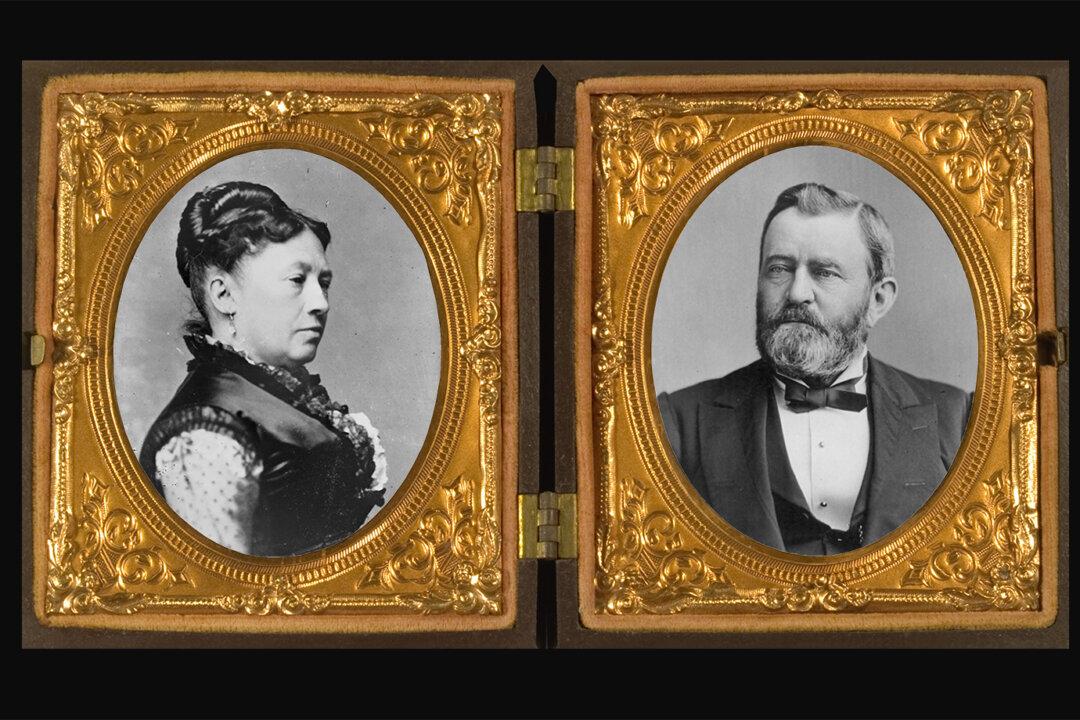Slavery, distance, family animosity, and a war conspired against Julia Dent’s courtship and then marriage to Ulysses S. Grant, but she soldiered on steadfastly.
Julia Dent Grant traveled to be with her husband, Ulysses, more than 10,000 miles during the four years of the Civil War—4,000 of those during the first year alone. Carriages, ferries, and trains carried her to his encampments, some of which were dangerously close to the front lines. Sometimes, their four children came with her; sometimes, she made the dangerous journeys alone. And almost always, she took meals with the officers, who were said to appreciate her sprightly nature and genial presence.





